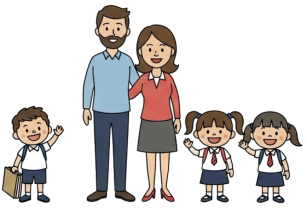
Question More, Action Knowledge.
Remember, at QMAK, we don’t just teach; we empower. We don’t just inform; we inspire. We don’t just question; we act. Become a Gold Member, and let’s unlock your child’s full potential, one question at a time.
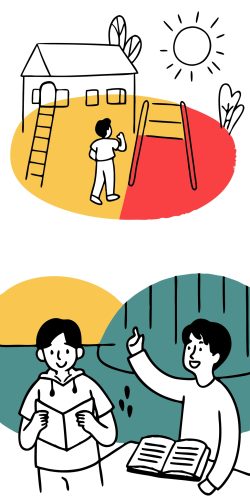
Helping children identify and develop their unique strengths and interests is crucial for building their sense of purpose and ability to contribute meaningfully to society.
When children understand what they’re good at and what they care about, they develop confidence in their capacity to make a difference in the world around them.
These activities are designed to help children aged 7 and up discover, explore, and develop their personal strengths and interests.
Through these experiences, they begin to see how their unique abilities can be applied to benefit not only themselves but also their community and the broader society.
Purpose: To help children explore and identify their natural abilities, talents, and areas of interest through hands-on exploration.
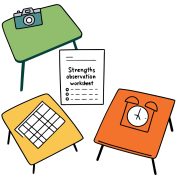
Create a space that encourages exploration and discovery by setting up diverse activity stations that represent different domains:
For each station, provide:
Begin with a thoughtful explanation that sets the right tone:
“Today we’re going to explore lots of different activities to discover what you enjoy and what comes naturally to you. Everyone has special strengths and interests that make them unique. This workshop will help us learn more about yours.”
Then explain how the workshop will work:
Guide children through meaningful engagement with each activity:
After exploring all stations, guide a thoughtful reflection:
Help children visualize and document their discoveries:
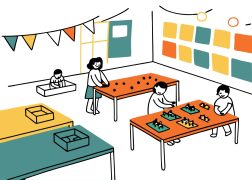
Purpose: To deepen knowledge in areas of interest and develop confidence in sharing expertise with others.

Begin by helping your child choose an appropriate topic:
Potential topic areas might include:
Guide your child through a thorough preparation process:
Help your child organize their expertise in a clear, engaging format:
Set the stage for a successful experience:
After the presentation, help your child process the experience:

Purpose: To develop self-awareness and intentionality about personal development and future aspirations.
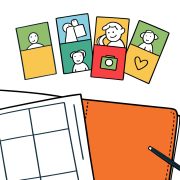
Make the journal special and personal to encourage regular use:
Guide children in documenting and reflecting on their strengths with prompts like:
For younger children:
Teach children to set positive, growth-oriented goals:
Establish a consistent practice of reviewing and reflecting:
Help children see the link between their developing strengths and future impact:
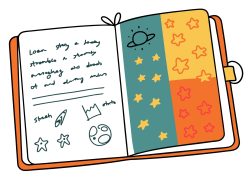
Purpose: To apply personal strengths and interests in ways that benefit others, building a connection between individual abilities and community contribution.
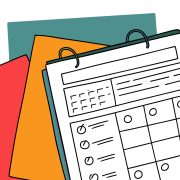
Begin by exploring the intersection of needs and abilities:
Explain how different strengths can address different needs:
Guide your child in creating a manageable, meaningful project:
Example projects might include:
Help your child get ready for a successful experience:
Provide the right balance of guidance and independence:
After project completion, help your child process the experience:
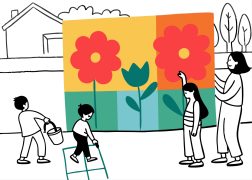
Purpose: To celebrate talents and abilities while developing confidence in sharing gifts with others.
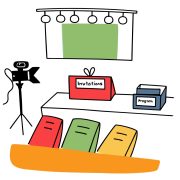
Help your child choose what to share based on their interests and abilities:
Create a special occasion that honors the child’s efforts:
Ensure the showcase is a positive, affirming experience:
Capture the experience in meaningful ways:
Use the showcase as a stepping stone for development:
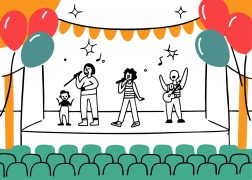
These strength and interest discovery activities help children develop:

Remember that strengths and interests evolve over time. Revisit these activities regularly to capture new discoveries and developments in your child’s unique profile of abilities.
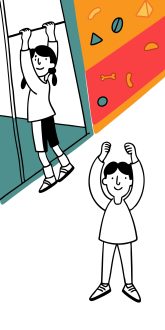
The goal is to help children recognize and value their unique combination of abilities while understanding how these gifts can contribute to the world around them.

Remember, at QMAK, we don’t just teach; we empower. We don’t just inform; we inspire. We don’t just question; we act. Become a Gold Member, and let’s unlock your child’s full potential, one question at a time.